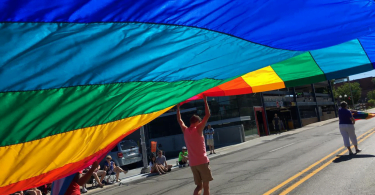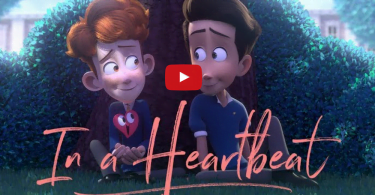Welcome to Sexuality 101, where Kettle will help explain to the uninitiated the plethora of language and terminology that surrounds sexuality.
So let’s start with the basics; what does LGBTQIA – along with its other forms, like LGBT or LGBTQ+, actually mean? There’s debate over some of the terms, but this seems to be a widely accepted interpretation;
Lesbian
Gay
Bisexual
Transgender
Queer
Intersex
Asexual

VolunteerMatch.org via Flickr
This may seem like a new piece of terminology, but the acronym is actually steeped in queer history. The LGBT+ acronym began to form as the gay liberation movement awoke following the Stonewall riots of 1969. It was felt that ‘gay’ erased women from the movement, though the term could and still can refer to homosexual women, and so people began to refer to ‘lesbian and gay male identity’ as an explicitly inclusive alternative. Soon bisexual was added to this too, but people also became aware that ‘lesbian, gay male and bisexual identity’ was a cumbersome term, thus introducing the abbreviation of identities for the first time. Although GLB was sometimes used this soon changed; Mimi Marinucci writes that ‘recognising that women always seem to come second, some people preferred to rearrange the order of the letters, LGB, symbolically putting women ahead of men’.
my unconditional love goes out to the LGBTQIA community. Do you boo boos! Because love is love is love is love ???
— mhay (@meeehay) July 4, 2016
Transgender people were included in the 1990s, acknowledging that whilst transgender refers to gender identity, not sexual orientation, trans people face similar discrimination because they deviate from the heterosexual and cissexual norm. Recent years have seen the addition of queer, intersex and asexual to the acronym, reflecting the wider awareness of sexual identities that fall outside the categories of lesbian, gay or bisexual. In fact, there are even longer forms of the acronym in use, taken to the extreme with LGBPTTQQIIAA+, which individually adds pansexual, transsexual, intergender, questioning and ally to the list. Others prefer to simply use ‘queer’ as an umbrella term.








